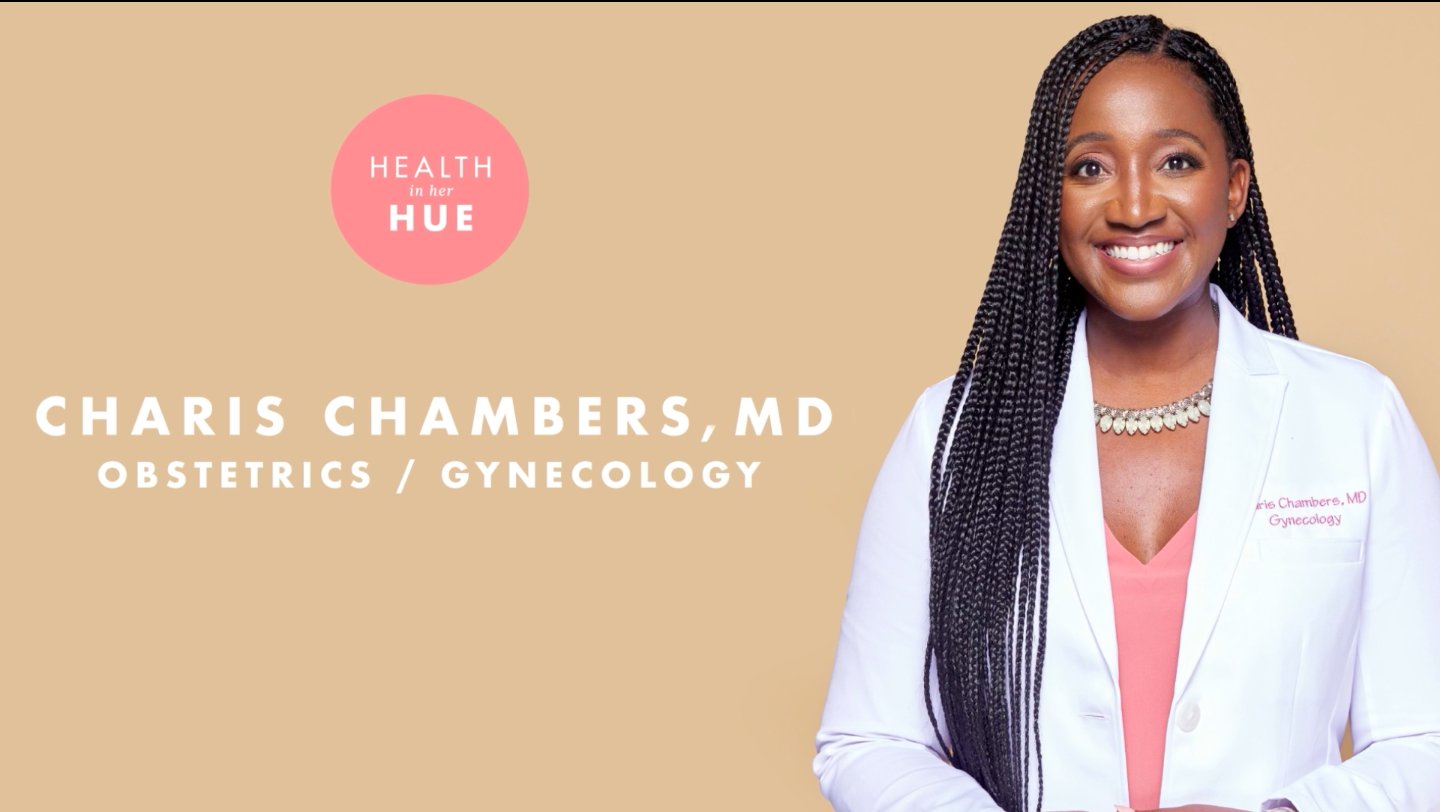
Getting Real about Getting Off: The “Female Orgasm”
The big O. Climax. Coming.
…just a few of many affectionate nicknames for a very special bodily phenomenon: the orgasm.
For the most part, it is characterized as one of the more enjoyable capabilities of the human body and has been studied, written about, and discussed at length. Fictional depictions on TV or in movies might have us believe that orgasms aren’t too difficult to come by, with scenes frequently portraying sex as a steady progression toward a couple’s simultaneous climax. However, research, documentaries, books, and even subreddits like r/sex and r/becomingorgasmic paint a different, more nuanced picture – especially for those of us with vaginas – that highlights the many ways to come, the reality that everybody’s body has different needs, and the “orgasm gap.” And on top of what we watch, read, and hear about orgasms, many of us have our own experiences with sex and coming that are just as unique as the bodies we inhabit.
So with all of the conversation out there about the big O, how do we separate fact from fiction and make sure we know all there is to know about getting off? Read on for some key points about how orgasms happen, what’s going on in our bodies as we reach that pleasure peak, and how we can more effectively harness the power of our sexual pleasure.
What is an orgasm?
There is still a lot of mystery surrounding how the orgasm manifests for those of us with vulvas. Simply defined, an orgasm is the release of built-up sexual tension or pressure in the genitals and throughout the body at the height of sexual arousal. It is the third phase of what scientists call the sexual response cycle, preceded by the phases excitement and plateau, and followed by resolution. During the first two phases, muscle tension builds throughout the body as we become increasingly aroused. Blood flows to the vagina, causing the clitoris, vaginal walls, and labia minora (inner lips) of the vulva to swell, and the vagina lubricates itself. Blood pressure, breathing, and heart rate increase. The orgasm is the culminating release of all that build-up. Blood pressure, breathing, and heart rate reach their peak, and muscles in the pelvic floor, uterus, vagina, and anus contract rhythmically and involuntarily, creating what has been described as a warm tingling or throbbing sensation. The brain is also a key player, releasing neurotransmitters like oxytocin, which is also known as the love hormone, and dopamine, which is associated with pleasure and reward pathways in the brain. Some individuals may also expel fluid from the urethra – which can be categorized as either squirting or female ejaculation.
It’s important to note that the experience of orgasm is different for everyone. Some people can orgasm with less stimulation than others, or have multiple orgasms. For some, it’s more of a marathon than a sprint, and others may not be able to orgasm at all. Sexual experiences can still be very enjoyable without orgasm, so releasing expectations and focusing on enjoying what feels good is critical.
Are there different types of orgasms?
People have defined many types of orgasms, including clitoral, vaginal, blended, cervical, anal, and orgasms associated with other erogenous zones. Again, because our bodies are unique, some people may be able to experience some types of orgasm and not others. Applying too much pressure or being rough with different erogenous zones like the cervix or anus can cause pain, so it is important to pay attention to how the body feels and stop if something does not feel good.
Many consider clitoral orgasm the easiest of all types to achieve consistently. Individuals can build towards it by rubbing, licking, or otherwise pleasuring the externally visible part of the clitoris (also known as the glans clitoris) – the pea-sized nub covered by a flap of skin called the clitoral hood and nestled at the top of the labia majora. Vaginal orgasm is achieved via penetrative sex – entering the vaginal canal with fingers, a penis, or a sex toy and stimulating the vaginal walls and (for those who can find it) the G-spot, a small erogenous zone located on the vagina’s upper wall. The vaginal orgasm can be more difficult to achieve than the clitoral orgasm, and for some, it doesn’t seem to be a possibility at all. According to one research study, only 18.4% of women reported that they could come from penetrative intercourse alone, while 36.6% reported requiring clitoral stimulation to achieve orgasm during intercourse. An additional 36% claimed that while clitoral stimulation isn’t necessary, it makes their orgasms feel better. Blended orgasm describes an orgasm achieved through stimulation of the clitoris and the vaginal walls. Cervical orgasms can happen when the cervix is stimulated. Anal orgasm is possible via stimulation of the anus and rectum, and orgasm via other erogenous zones can happen when different pleasure zones on the body, like the nipples, neck, or ears, are given attention.
Beyond the potential for orgasm, stimulating erogenous zones all over the body is vital to the sexual experience and can happen before, during, and after intercourse. This type of erotic stimulation before intercourse is called foreplay, and it is an essential component of sex as it (1) feels amazing and (2) helps prepare the body for intercourse.
What are the health and wellness benefits of orgasm?
In addition to feeling oh so good, orgasms contribute other health and wellness benefits. They help increase feelings of reward and general well-being and reduce stress through the release of neurotransmitters like oxytocin and dopamine. Orgasm can also help individuals sleep better via release of the hormone prolactin and can even aid in pain relief.
For those of us who enjoy masturbation, seeking orgasm on our own can be a particularly intimate self-care practice that allows us to prioritize and indulge in our own pleasure. It gives us a moment to focus singularly on our desire and feeling good simply for the sake of feeling good. With so many responsibilities and priorities constantly competing for our attention, it’s important to press pause and reconnect with our minds and bodies when we can; loving on ourselves can be a great way to do that.
How can we prioritize our pleasure?
Though our sexual arousal and orgasm are still shrouded in mystery, we do know that our bodies have the potential for incredibly powerful and diverse pleasure experiences. Unlike the male orgasm, there is no clear reproductive “function” of female orgasm, and the clitoris is the only known human organ that exists purely for the experience of pleasurable sensation. With all that pleasure power at our literal fingertips, it’s so important that we claim our sexual agency and prioritize our needs, whether we’re having sex with ourselves or others. This includes questioning and rejecting stereotypes and norms about sex and female pleasure, many of which are informed by white supremacy and the male gaze. Our society’s focus on vaginal orgasm despite research emphasizing greater likelihood of orgasm via clitoral stimulation is just one example. Accepting that penetration is not always or at all required for female orgasm does not align with patriarchal views that ultimately center male pleasure and the heteronormative idea that procreation is the primary goal of every sexual encounter. Consider also the orgasm gap, which pits heterosexual women as dead last in the running when it comes to orgasming reliably during partnered sex. Clearly, something is getting lost in translation between what our bodies could be capable of and how those capabilities are being activated.
More specifically, as Black women, we are simultaneously objectified and stereotyped as hypersexual, which can diminish the psychological safety we need to openly and proudly claim our sexual power in full. Black women who unapologetically own their sexuality in full view of others are often denigrated for doing so. And too often, Black girls’ version of “the sex talk” focuses solely on warnings against being “fast” or getting pregnant, and not on safe and healthy ways to explore the sexual feelings they may be experiencing as they get older.
Rejecting rules and stereotypes that do not serve our sexual agency starts with getting to know our bodies, fantasies, and needs on the deepest level possible and refusing to apologize for them. We have to explore what makes us tick sexually, either by ourselves or with partners who respect us and trust us to know our own bodies. We can then translate that understanding of our sexual needs and desires into action by leveling up our masturbation techniques, choosing partners who are invested in our pleasure, and communicating confidently to ensure satisfying sexual experiences.
So start exploring. Touch yourself, experiment with a new type of erotica, try out a different toy, or use old faithful in another way. Ask your partner to try something you may have been too nervous to bring up before but really want to explore. Above all else, enjoy yourself!
More Content
Mental & Behavioral Health
Part 2: How PMDD Affects the Brain
Psychiatric and medical doctors have some overlapping...












